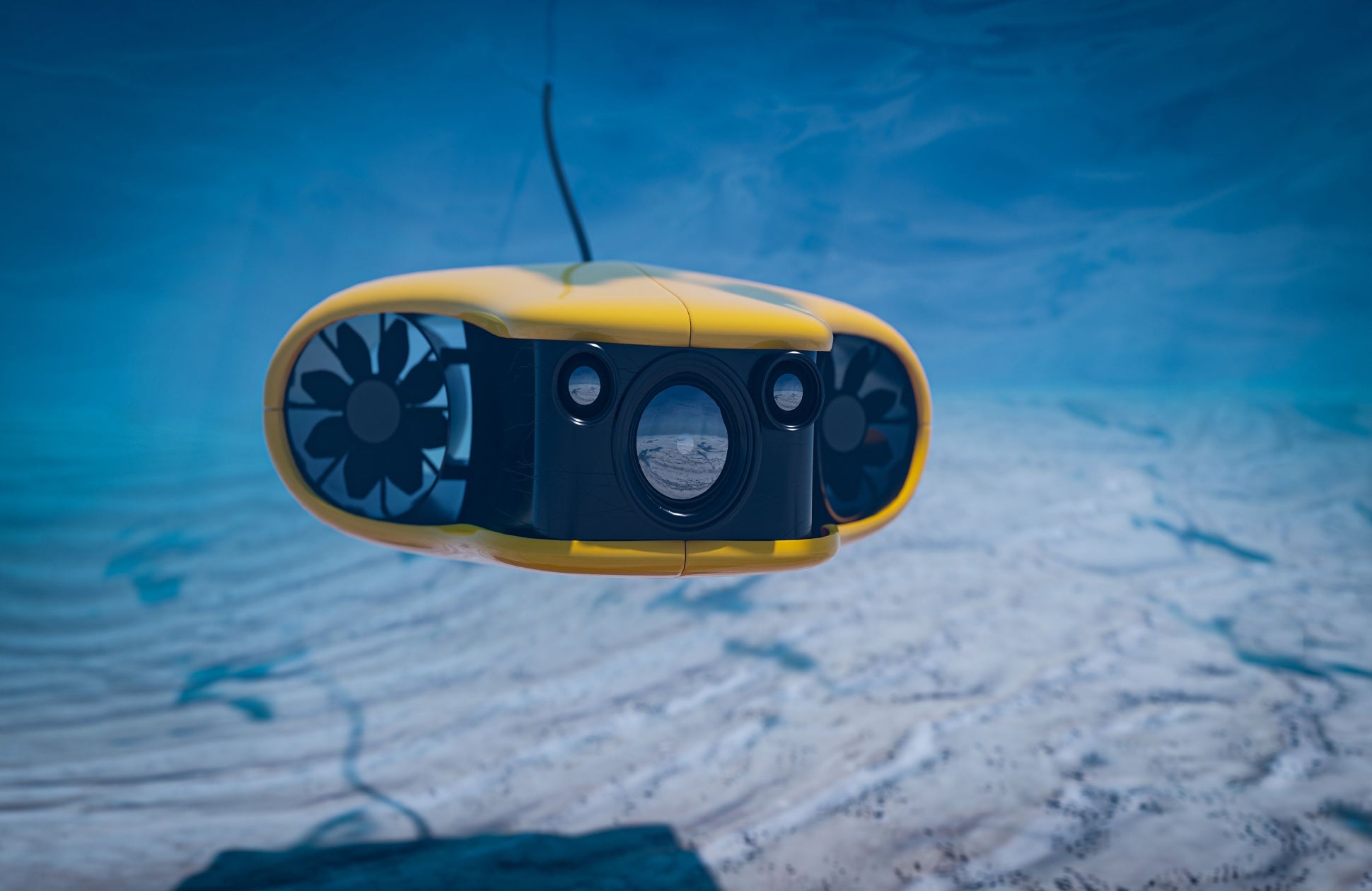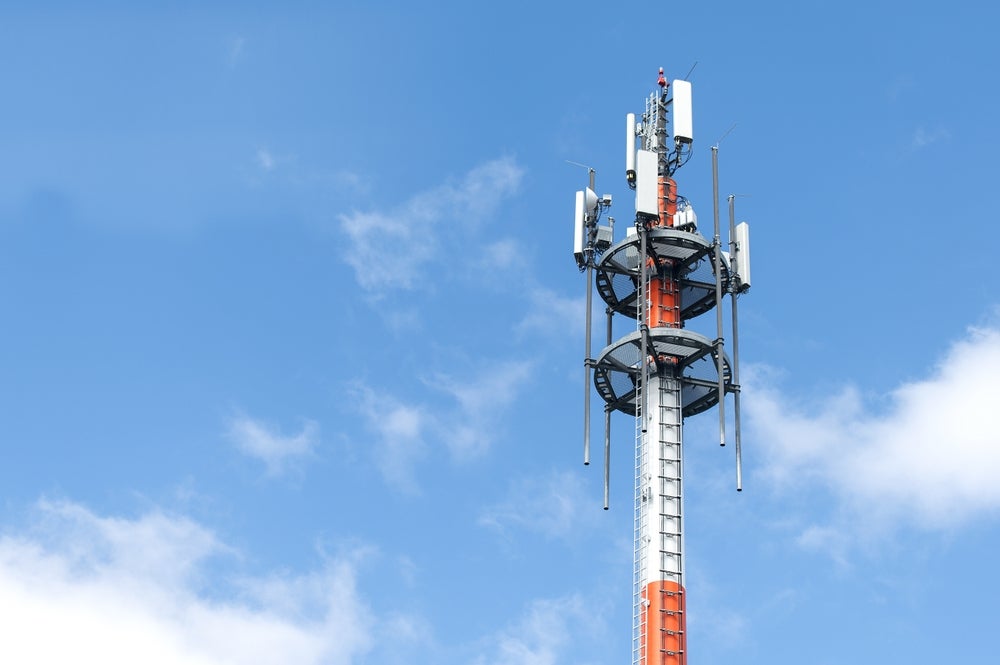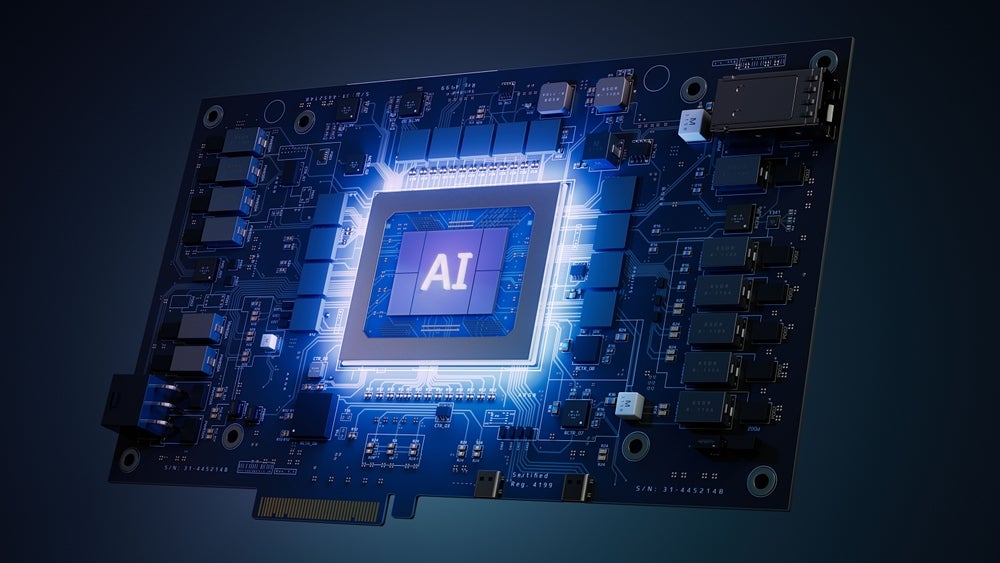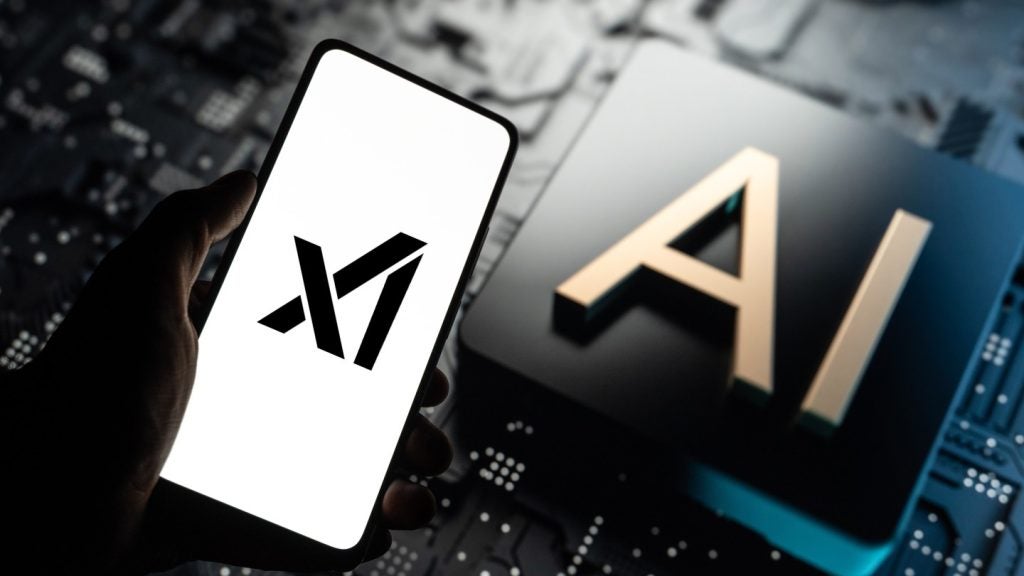Unmanned aerial vehicles (UAVs) or drones have revolutionized many industries. Drones have been used for military purposes for decades and are now integral to commercial enterprises, leading to disruption in industries such as construction and agriculture. Notably, they have become essential in achieving sustainable agriculture, and are tasked with crop spraying and mapping to reduce the overuse of pesticides and fertilizers.
Fish stocks are under pressure
The global population is set to reach 9.8 billion by 2050, putting a huge amount of pressure on food production. Global fish stocks feed millions of people worldwide but the increased pressure on the fishing industry has led to overfishing and the adoption of destructive fishing methods to meet demand. The commercial fishing industry has devasted global fish stocks as a result.
Since the 1970s, the number of overfished stocks has tripled, according to the Food and Agriculture Organization (FAO), and ‘bycatch’—the capture of unwanted sea life from trawling—has impacted oceanic biodiversity. Thankfully, global fish stocks are showing signs of recovery due to aquaculture and sustainable fishing management, promising a blue revolution.
Has aquaculture solved the problem?
Aquaculture is the breeding and harvesting of seafood. It has become the fastest-growing food production sector in the world, according to the Aquaculture Stewardship Council (ASC), supplying half of all fish eaten by the global population. Yet, the growth of the sector has led to poor management practices and other harmful impacts on the environment. For example, the spread of diseases and pests is common in overcrowded pens; many farmed salmon suffer from sea lice infestations. Pesticides and antibiotics are used to control the disease but cause pollution as a result. Farmed fish often escape from pens, becoming invasive species and putting local wildlife at risk.
Drones take a dive
Deep Trekker is an underwater, remotely operated vehicle (ROV) that is modernizing fish farm operations through its inspection capabilities. It has cameras to scan the pens for holes, performing regular net inspections to reduce the number of escapees. It can also remove dead fish and collect sediment or water samples to facilitate environmental monitoring. Drones can inspect pens that were previously inaccessible to divers conducting a visual inspection and constantly monitor the health of the stock, relieving fish farmers of time-consuming and laborious tasks.
How well do you really know your competitors?
Access the most comprehensive Company Profiles on the market, powered by GlobalData. Save hours of research. Gain competitive edge.

Thank you!
Your download email will arrive shortly
Not ready to buy yet? Download a free sample
We are confident about the unique quality of our Company Profiles. However, we want you to make the most beneficial decision for your business, so we offer a free sample that you can download by submitting the below form
By GlobalDataDelousing drones
When salmon farms suffer from sea lice infestations their products become unmarketable. A lice-hunting underwater drone, equipped with cameras to detect the pest and lasers that delouse salmon, has been developed by Norwegian company Stingray Marine Solutions.
The surgical diode laser can kill lice within 100 milliseconds, eliminating tens of thousands of lice daily, all without harming the fish as their scales reflect the laser. As the drone is autonomous, it provides a cost-effective and less labour-intensive solution compared to pesticide overuse or time-consuming fish cleaning solutions. Infestations are less frequent, maximizing food production.
The sustainable blue revolution
The rise in fish farming is a much-needed solution to the pressure on wild fish stocks and global food production. Improvements in the efficiency of aquaculture have spurred on a blue revolution but the industry needs to grow sustainably. As flying drones have helped agriculture become more sustainable, underwater drones will hopefully have the same effect on aquaculture.







